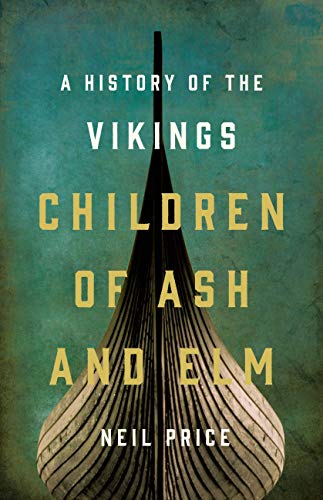A Viking grave discovered in Birka in 19th century Sweden continues to generate attention. In the 1970s, it was suggested that the grave, bedecked with weapons and other warrior garb, may in fact have belonged to a woman. A DNA test from 2017 revealed this to be the case.
While the person in question was most decidedly female and was certainly armed to the teeth, being buried with a sheathed sword, an ax, a fighting knife, two spears, two shields, a quiver of 25 armour-piercing arrows and a small iron knife. many questions persist. Does this prove that she was, in fact, a warrior or were the items in some way ceremonial? Might it even suggest gender fluidity among Vikings, with roles in some cases being chosen irrespective of sex?
Scholars, of course, disagree, although surely we all like the idea of shield-maidens. Less celebrated, however, are the eastern aspects of the grave. Was the woman even Viking at all? And if so, in what sense? Her clothing seems to be of a more eastern design, even coming all the way from Central Asia. This may indicate that she had been there, certainly had access to goods from there, or may even have been from there.
A new short BBC video shows what her headgear may have looked like in full colour:
Meanwhile, you can read more about the 2019 study, led by Neil Price, here:
Yes, That Viking Warrior Buried with Weapons Really Was a Woman | Live Science

